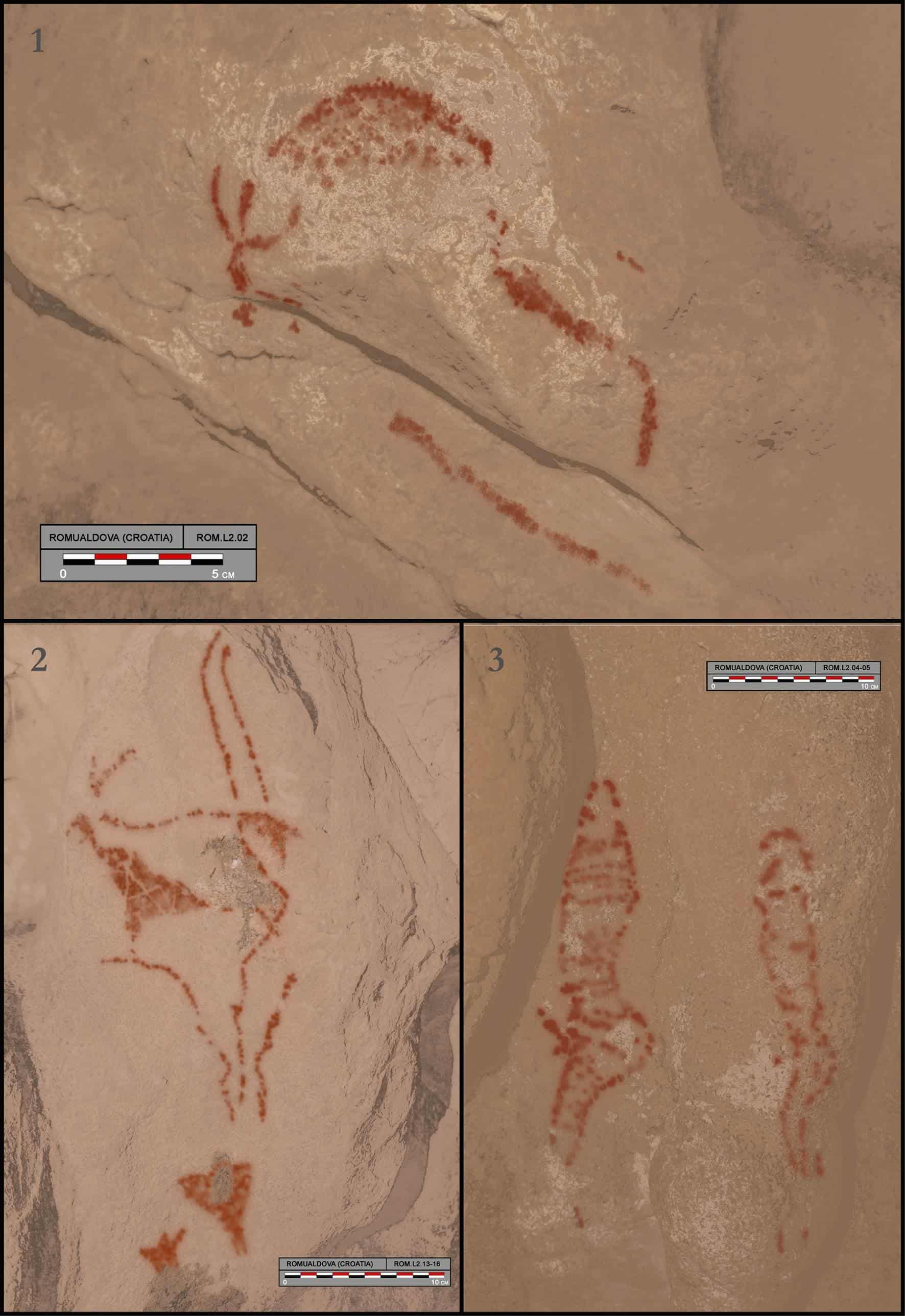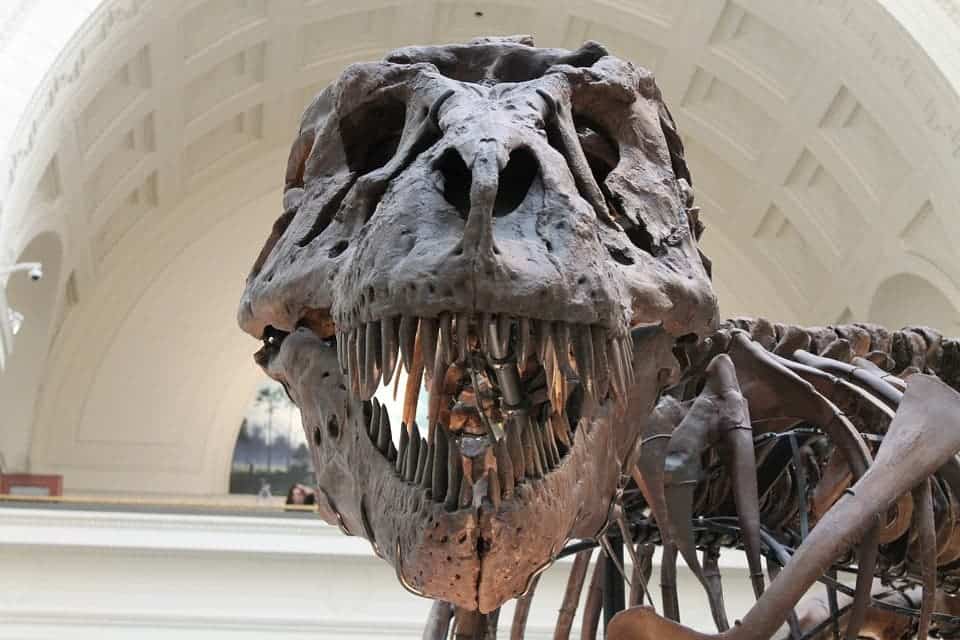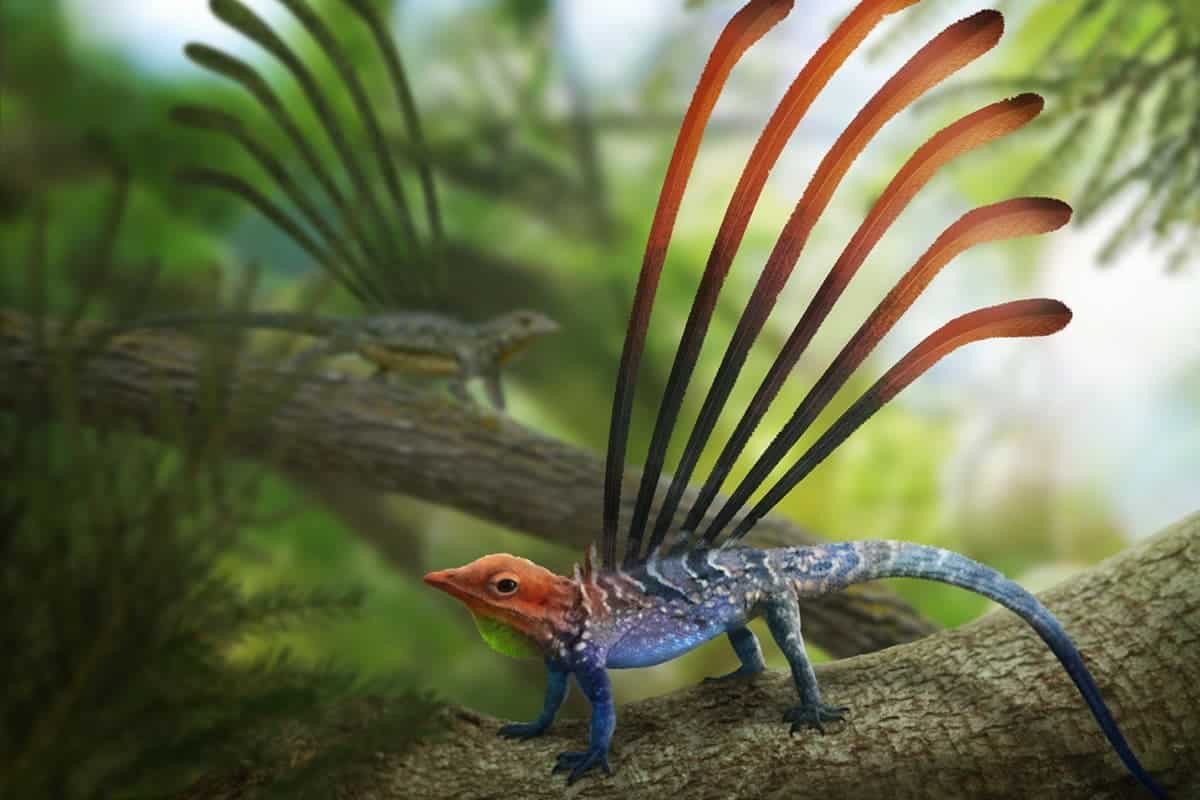In order to indicate cultural affiliations, people in Croatia during the 5th or 6th century could have used cranial modifications, according to a study led by Ron Pinhasi of the University of Vienna and Mario Novak of the Institute for Anthropological Research in Zagreb, Croatia.

The Hermanov vinograd archaeological site in Osijek Croatia has been known since the 1800s. A new pit excavated in 2013 contained three human skeletons dated from 415-560 CE, during the Great Migration Period, a time of significant movement and interaction of various European cultures.
Two of the skeletons showed dramatically modified head shapes, one whose skull had been lengthened obliquely and another whose skull had been compressed and lengthened vertically. This is the oldest known incidence of Artificial Cranial Deformation (ACD) in Croatia.
Artificial cranial deformation is the practice of modifying the skull from infancy to create a permanently altered shape, often to signify social status. In this study, genetic, isotopic and skeletal analysis of the bodies revealed that all were males between 12 and 16 years of age at death and that they all suffered from malnutrition.
They are not obviously of different social status, but genetic analysis found that the two with cranial modifications exhibited very distinct ancestries, one from the Near East and the other from East Asia. The latter is the first individual from the Migration Period with a majority of East Asian ancestry to be found in Europe.
The ACD observed here may have functioned to distinguish members of different cultural groups as these groups interacted closely during the Migration Period, the authors suggested. From the evidence available, it is unclear if these individuals were associated with Huns, Ostrogoths, or another population.
“The most striking observation, based on nuclear ancient DNA, is that these individuals vary greatly in their genetic ancestries: the individual without artificial cranial deformation shows broadly West Eurasian associated-ancestry, the individual with the so-called circular-erect type cranial deformation has Near Eastern associated-ancestry, while the individual with the elongated skull has East Asian ancestry,” Dr. Novak said.






